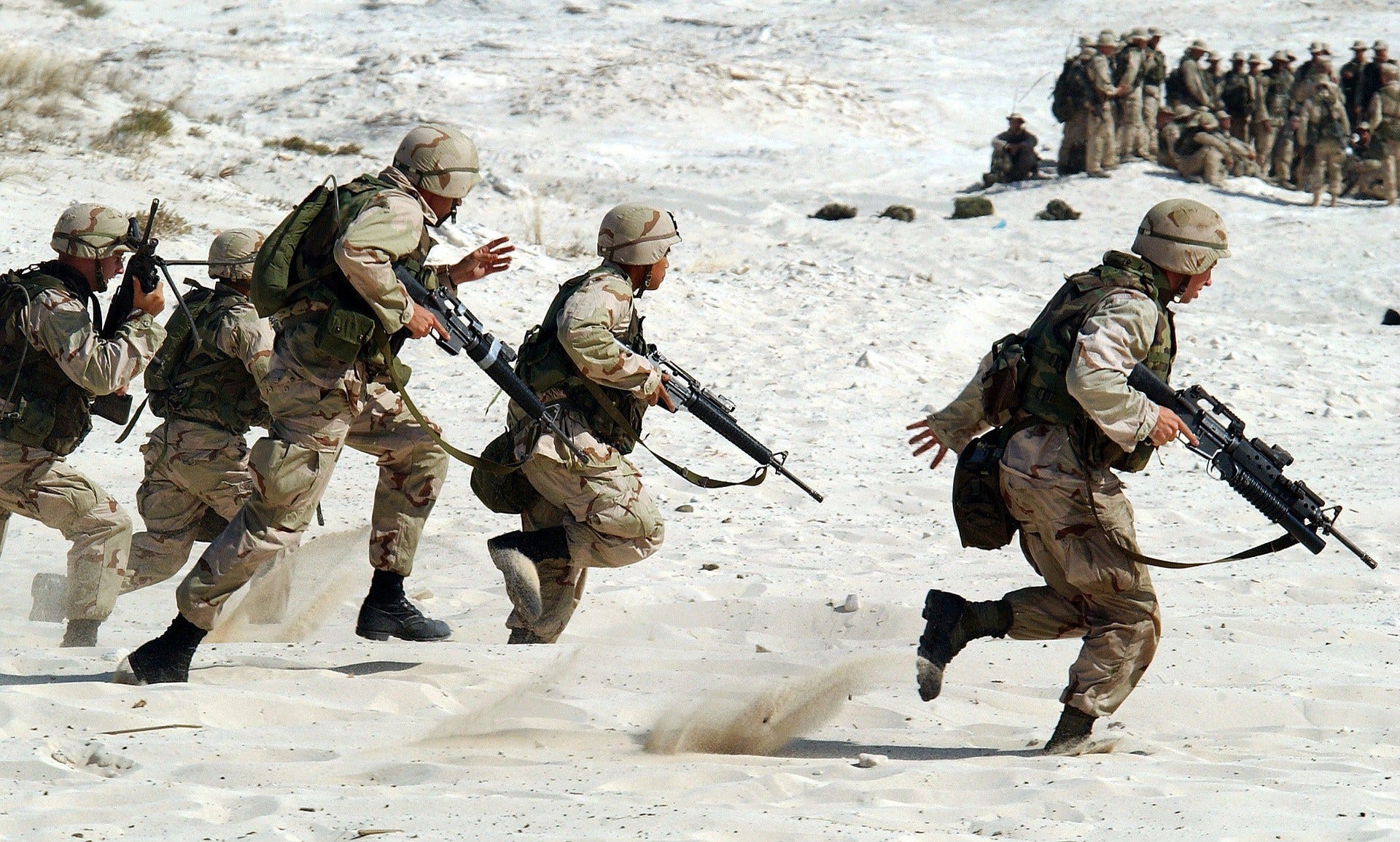Purdue Battles Higher Rate of Alzheimer’s in Soldiers with $1.3M Grant
 The team is researching why mild TBIs can lead to Alzheimer’s disease five to 15 years later.
The team is researching why mild TBIs can lead to Alzheimer’s disease five to 15 years later.
Subscriber Benefit
As a subscriber you can listen to articles at work, in the car, or while you work out. Subscribe NowSoldiers are suffering long after the battlefield; the U.S. military’s suicide rate is at an all-time high, surpassing combat deaths since 2012. Soldiers are two to four times more likely to develop Alzheimer’s disease than civilians, and military families suffer emotional trauma when depression, memory loss and aggression alter the soldier they knew before deployment. A Purdue University researcher says “as a society that collectively enjoys the freedoms ensured by their sacrifices, [we] are facing a moral obligation in a race against time to save these men and women.” A $1.3 million grant from the Department of Defense aims to use the power of scientific weaponry to uncover the link between the battlefield and neurodegeneration.
Soldiers are an especially difficult group to protect, as their brain injuries are elusive. Mild traumatic brain injuries (TBIs) have no physical wounds, but are very common among military members. And blast-induced traumatic brain injury from “shock waves” is even more obscure; a National Institutes of Health study says after IED explosions, shock waves travel faster than the speed of sound and send “kinetic energy through the vasculature, triggering pressure [fluctuations] in blood vessels leading to the brain.”
“These injuries are very unique, because they’re actually invisible; you don’t have physical wounds. Even soldiers themselves don’t realize they suffered. So they end up suffering multiple of these [mild TBIs,]” says Purdue Neuroscience and Biomedical Engineering Professor Dr. Riyi Shi. “This [grant] is to study why these mild TBIs can lead to Alzheimer’s disease, perhaps five, 10 or 15 years down the road. The key for this phenomena is that these soldiers, after these mild TBIs, are initially asymptomatic—they don’t actively seek medical treatment.”
Shi says the $1.3 million grant is a huge boost to the team’s work and, for the first time at Purdue, brings together two researchers’ expertise to look at the link between mild TBIs and neurodegeneration. Purdue Analytical and Physical Chemistry Assistant Professor Dr. Gaurav Chopra is the principal investigator leading the three-year study, which will try to discover how to use the body’s own immune system to treat TBI-related Alzheimer’s disease, much like immunotherapy in cancer.
The team says Alzheimer’s disease has a very obvious pathology; amyloid beta proteins in the brain cluster together and become toxic. Shi says, in a healthy brain, these bad proteins are removed by glial cells, which scientists hypothesize are like “garbage cleaners.” But Chopra says the ability of these cells to remove the bad proteins is reduced or damaged after mild TBIs.
“There is some kind of brake that comes into the brain. The goal is, can we find what these brakes are? That’s what my lab is trying to do, and we are really at the forefront of it,” says Chopra. “Our body’s immune system has immense power to treat and even cure diseases, given the right direction. We need to know what’s that direction? Can we release that brake, so it can go and do its job, which it’s not doing, and eventually lead us to therapies?”
Identifying the “brakes” could also reveal a biomarker; this could detect which people are most at risk of developing neurodegenerative disease. This is critically important for Alzheimer’s. Once the disease produces symptoms and can be detected through diagnostic imaging, it’s very late in its progression, and there are no treatments; in essence, the glial cells stopped taking the trash out about 15 years prior.
“That’s the problem with neurodegeneration as we understand it today; by the time one knows that you have dementia or a neurodegenerative disease, it’s too late to act on it. So if you can find out much before, and I’m talking years before, [with a biomarker] that you have a susceptibility, then medicine can think of going from putting out the fires—acting on symptoms—to prevention. That old saying that prevention is better than a cure comes in.”
“We want to know what kind of pathological switch is being turned on,” says Shi, “so we can not only say who is in danger after these mild TBIs—but maybe more importantly—we can start some kind of a prophylactic (preventive) treatment, so we can prevent or delay the onset of later Alzheimer’s or neurodegenerative disease. We can also use this knowledge to come up with a diagnostic tool that can at least identify those TBI victims and give them some helpful guidelines about when they should rest and get treatment.”
Chopra says he’s proud the study is a “solid, all-Indiana grant”; the Purdue team is collaborating with the Indiana University School of Medicine to use its unique genetic tools.
“In the Midwest, I’m fairly hopeful we can really solve this disease,” says Chopra. “The huge incidence of suicide rates, the toll it takes on families—it’s really a devastating thing. If we can make neurodegeneration treatable—even if it’s not curable—that will be hugely beneficial. Right now, there’s nothing out there.”
“There’s a moral responsibility to make this effort,” says Shi. “[Soldiers] suffer so much to ensure our freedom, then they’re suffering these long-term devastating medical conditions. Society as a whole, we need to study this, so after they’ve risked their lives and made sacrifices, they can still enjoy their lives.”
Shi says, because Alzheimer’s disease takes more than a decade to show symptoms, the window for treatment could be expansive—if researchers can uncover an effective treatment.
Chopra says discovering how to intervene at a much earlier stage of Alzheimer’s would be a “game-changer.”
